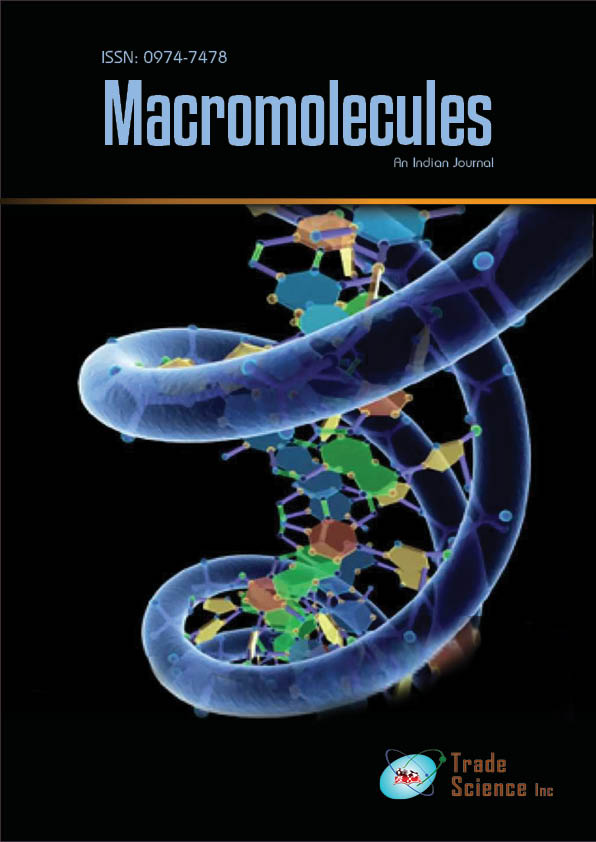Editorial
tsm, Volume: 12( 2)Paraoxonase 1: Happy 70th Birthday
- *Correspondence:
- Gbandjaba N Y, Laboratory for Research on Lipoproteins and Atherosclerosis, Unit Associated with CNRST-URAC 34, Hassan II University, Ben M'Sik Faculty of Sciences, Casablanca, Morocco, Tel: 212 634-977078; E-mail: ygbandjaba@gmail.com
Received: August 24, 2017; Accepted: August 27, 2017; Published: August 30, 2017
Citation: Gbandjaba N Y. Paraoxonase 1: Happy 70th Birthday. Macromol Ind J.2017;12(2): e101
Abstract
Introduction
It is predicted that, by 2020 stroke and coronary artery disease will be the major cause of death in the world. Many investigations have documented the role of paraoxonase (PON) in cardiovascular diseases protection.
We have 3 types of paraoxonase called PON1, PON2 and PON3. The 3 PONs had 75% of similarity between their amino acid sequences. Only PON1 and PON3 are associated to HDL. PON1 had really the paraoxonase activity and was discovered in the year 1946. It is true that PON1 is a glycoprotein composed of 354 amino acids and has a molecular weight of 43000 Daltons.
Future Prospective
Paraoxonase antioxidative property and its association with HDL are blooming topic of research. PON1 is mainly secreted by the liver although local synthesis occurs in several tissues. HDL is called the "good cholesterol" but LDL is "the bad cholesterol". Postprandial chylomicrons contain PON1. Note that, the origin of chylomicron PON1 could be partly attributed to its transfer from HDL. Interestingly, PON1 was also detected in very low-density lipoprotein (VLDL).
PON1 has some good point such as antioxidative activity by hydrolyzing oxidized phospholipids in LDL, interaction with various drugs, detoxifying and hydrolyzing organophosphorus toxic compound like nerve gases. Paraoxonase is also a multifaceted biomolecule because in human diseases such as diabetes, the method to measure this glycoprotein is difficult. Statin is an inhibitor for human serum paraoxonase activity. Smoking, degraded oil for cooking, and trans-fat have all been reported to lower PON1 activity. By contrast, extra virgin olive oil, the main source of fat, has been particularly effective in increasing PON1 activity. At the same time, pronounced oxidative stress leads to HDL structural changes and causes alteration of PON1 activity.
However, the evidence for association between paraoxonase gene polymorphisms and atherosclerotic disease is well established. Mediterranean diet is associated with decrease risk of cardiovascular diseases in North Africa because some trials investigated low paraoxonase/arylesterase ratio. The frequency of the PON1-192QQ phenotype is low in Turkish 40.6%, in Iran 48%, in Caucasian 54.24%, and increases to 69.47% in Canada and is up to 74.71% in Morocco. In diabetic patients, the PON1-192QQ phenotype is 44.9% in Netherlands and 75.58% in Morocco. In hemodialysis subjects, the QQ phenotype is 35% in South Asia, 45% in Croatia, 45.6% in Turkish and 69.66% in Morocco indicating that PON1 phenotype varies with ethnicity. Some research demonstrated that PON1 has a role in healthy aging and longevity. Seventy years after the discovery of the paraoxonase 1, we know more about the active site required to protect LDL cholesterol against oxidation. Recently, scientific studies revealed that PON1 have antioxidative property because in its structure we have the SH group which inhibits oxidative stress.
Conclusion
Lot of seminars, workshop, thesis, and postdoctoral training are organized around the world to show the importance of this antioxidant for the health. Scientific articles located in Elsevier Pubmed.com can justify the structure, the function, the evolution and the antiatherosclerosis activity of this glycoprotein. We are waiting in the future for the next paraoxonase Nobel Prize winner.

